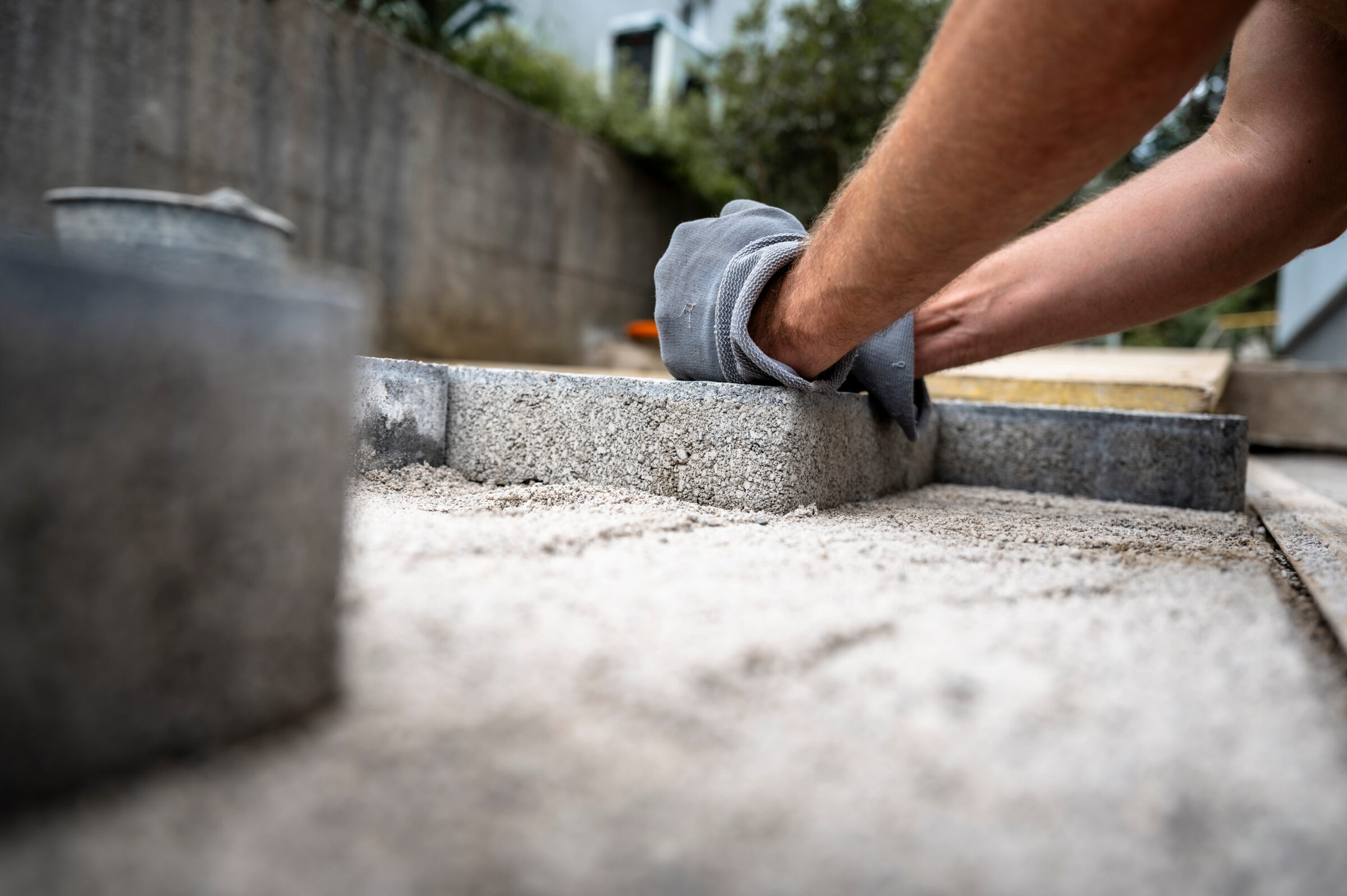DIY Guide to Pouring a Strong and Stylish Concrete Patio
March 6, 2025

A concrete patio isn’t just a functional addition to a piece of real estate, it’s an investment that’s meant to last and increase property value. When done right, it outlasts trends, withstands the elements, and becomes a seamless extension of an outdoor space. But when rushed, it can become an expensive redo waiting to happen. This isn’t about throwing down a slab and calling it a day, it’s about executing every phase with precision so the final product holds up for years without cracks, scaling, or regret.
Laying the Groundwork
Every solid patio starts with smart planning. Site selection isn’t just about picking an open space, it’s about choosing a level area that minimizes excavation. Local building codes dictate what’s allowed, and ignoring underground utilities is a gamble no one wants to take. Precision matters is the mantra here, so stake out dimensions, measure accurately, and incorporate control joints for expansion. A design that blends seamlessly with surrounding architecture ensures cohesion rather than presents as an afterthought.
Material choices tend to dictate longevity. A 3500-psi concrete mix reinforced with rebar, wire mesh, or fiber additives isn’t optional, it’s what keeps the patio from becoming a cracked mess in a few seasons. Crushed gravel underlayment isn’t just a nice-to-have, it ensures proper drainage and stability. And sealing the surface makes the difference between a polished, resilient patio and one that absorbs stains, moisture, and regret.
Preparation: The Unseen Foundation of Success
Skimping on site prep invites structural issues down the line. Vegetation, debris, and unstable soil has to go, replaced by compacted gravel to create a stable base. Formwork built from 2×4 lumber defines boundaries and prevents excess spread. Because slope matters, a slight pitch away from structures directs water runoff, preventing pooling and foundation issues. Before pouring, double-check alignment and depth as well, knowing that mistakes here lead to costly corrections later.
The Pour: Where Precision Meets Execution
Pouring isn’t just about filling a mold, it’s about controlled placement. Even distribution prevents voids, and screeding smooths inconsistencies. Floating refines the surface, ensuring an even texture, while control joints limit cracking from natural expansion. Decorative finishes, from stamped textures to brushed patterns, transform functionality into design. As a benefit, adding some edge detailing sharpens the aesthetic, reinforcing the idea that this is more than just a concrete slab.
Curing: The Silent Workhorse
Curing dictates strength. A rushed process weakens integrity, inviting cracks and scaling. Concrete requires steady moisture retention for at least seven days. Water curing, membrane sealing, or sheet coverings prevent premature drying, ensuring full hydration. Environmental conditions also play a role, in that excess heat accelerates curing too quickly, while rain can wash out surface integrity. The right balance leads to a surface that stands resilient for years.
Avoiding Pitfalls
Cutting corners on curing, skipping control joints, or ignoring sealant application are all missteps that turn a promising project into a maintenance headache. Scaling, cracking, and efflorescence aren’t uncommon with these projects, considering that they’re the result of improper planning and execution. A well-built patio isn’t just about the pour, it’s about protecting the investment through proper reinforcement, sealing, and environmental considerations. Taking shortcuts means that the concrete project will result in dissatisfaction in short order.
Long-Term Protection
A concrete patio’s longevity isn’t entirely determined during the pour, it’s determined by how well it’s maintained. Sealants don’t just protect against moisture; they keep stains and weathering at bay. Regular inspections catch small cracks before they become structural problems. Cleaning isn’t complicated either, as mild soap, water, and a little attention are enough to keep the surface looking sharp. A neglected patio turns into an eyesore, but one that’s maintained properly remains a centerpiece of any outdoor space.
The difference between a cracking disappointment and a polished, enduring patio comes down to execution. Thoughtful planning, high-quality materials, and methodical finishing aren’t just best practices, they’re non-negotiables. A well-executed DIY patio doesn’t just provide function, it elevates the space, proving that durability and style aren’t mutually exclusive.

